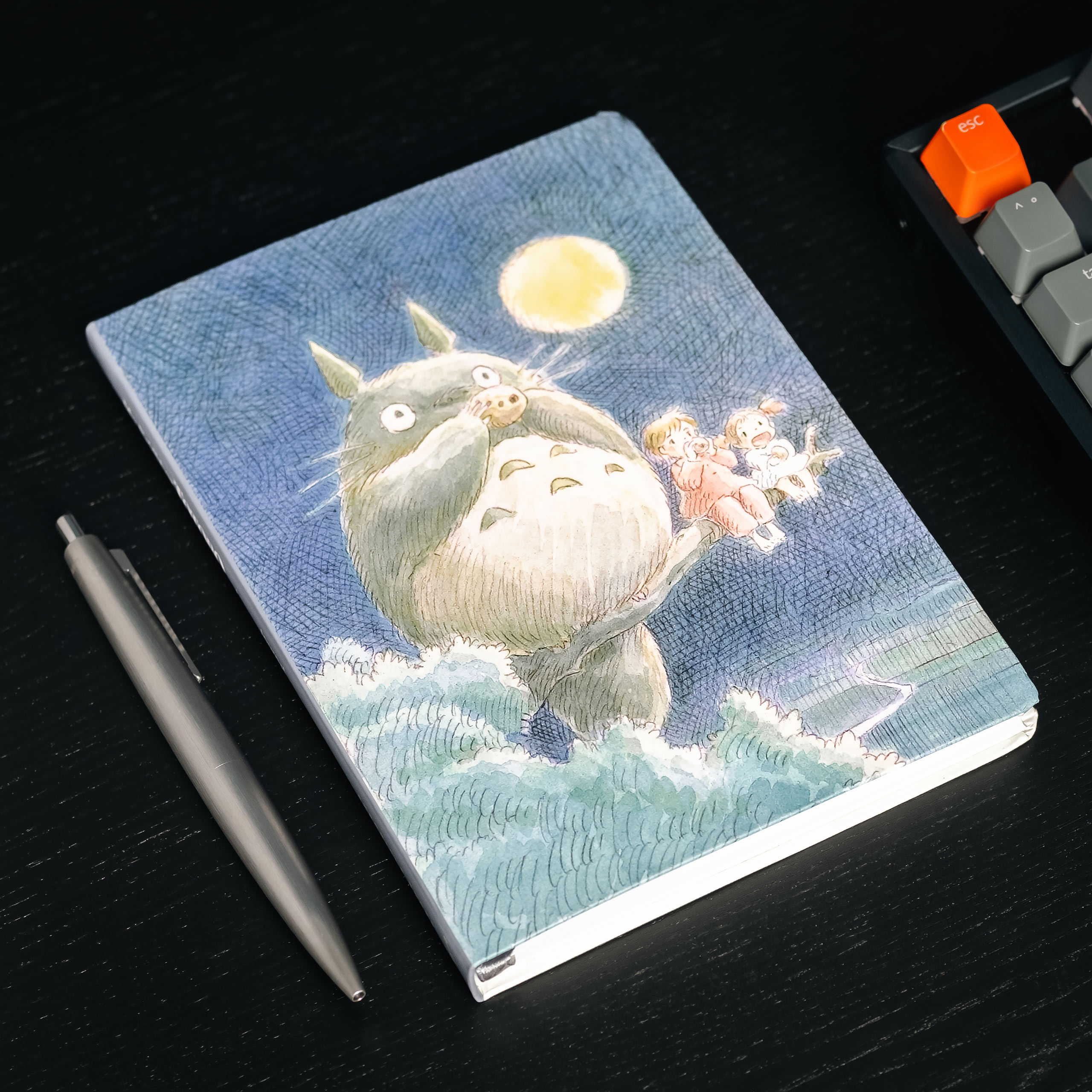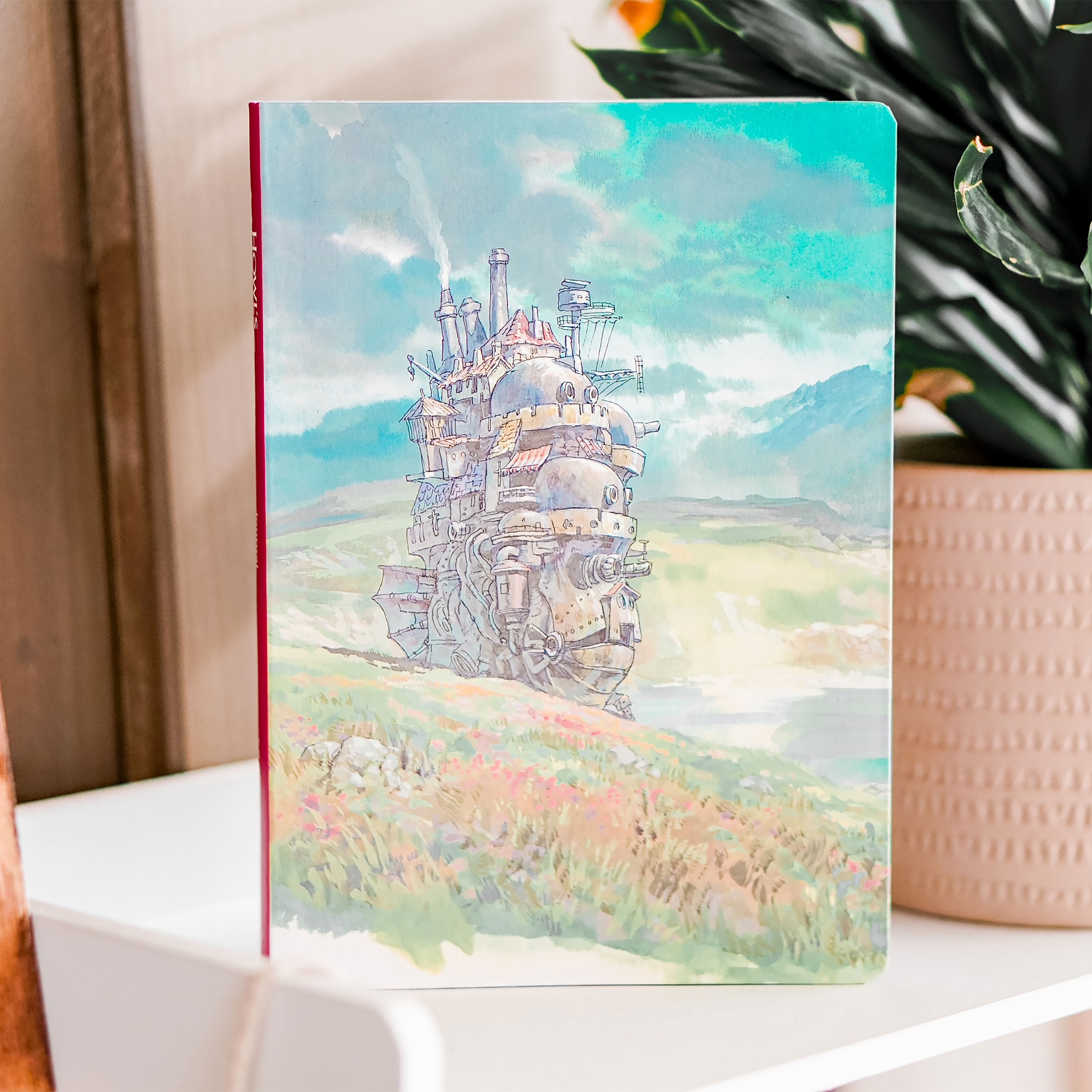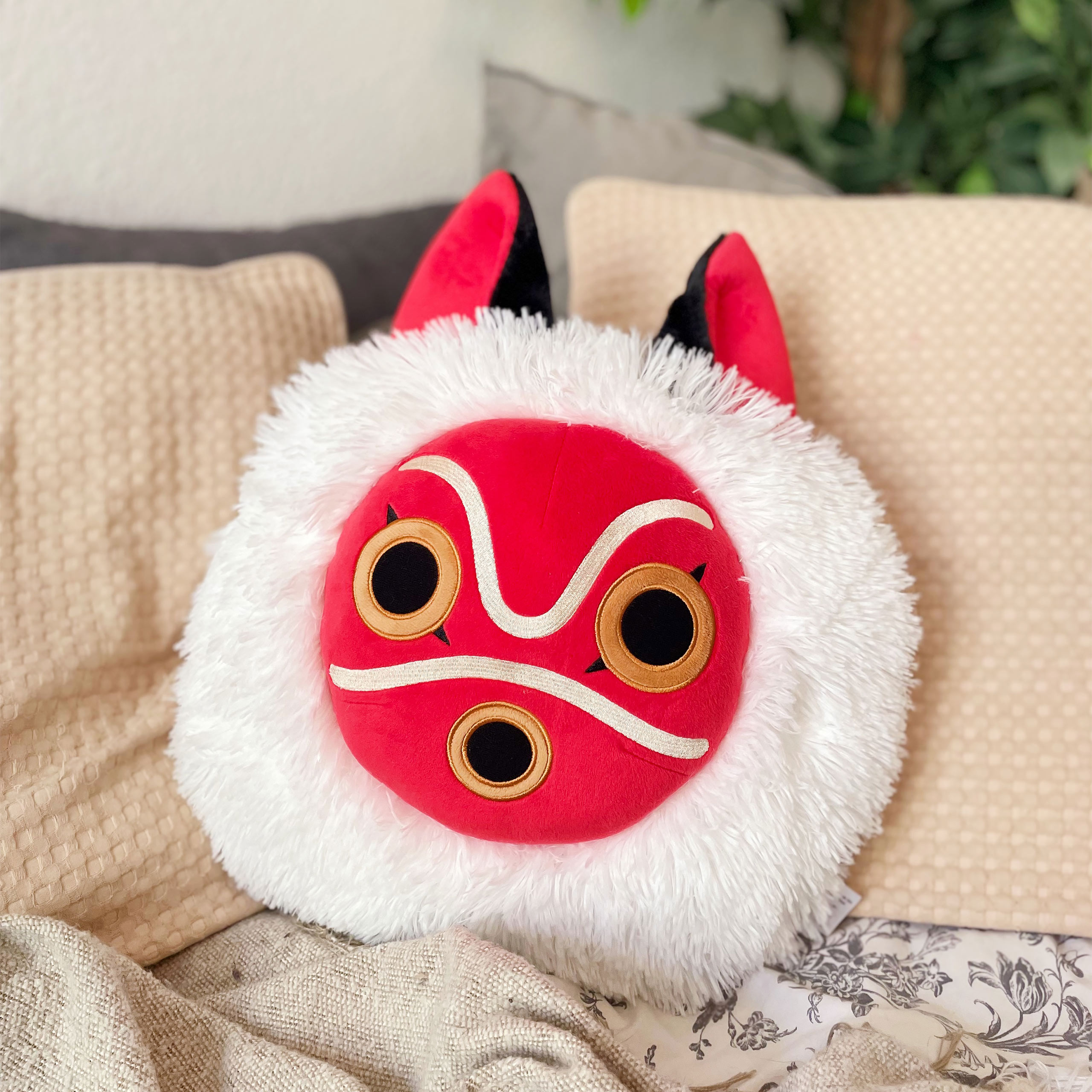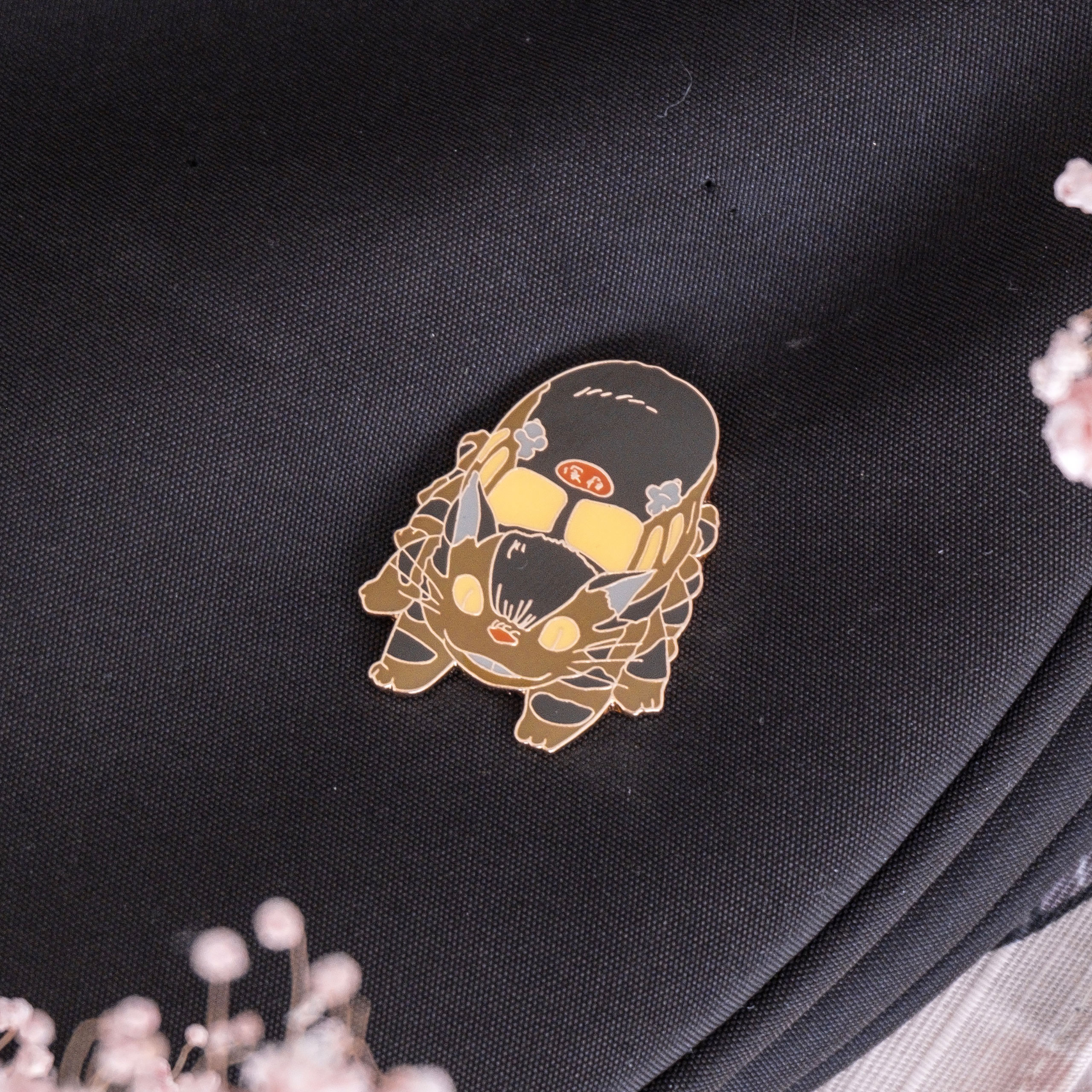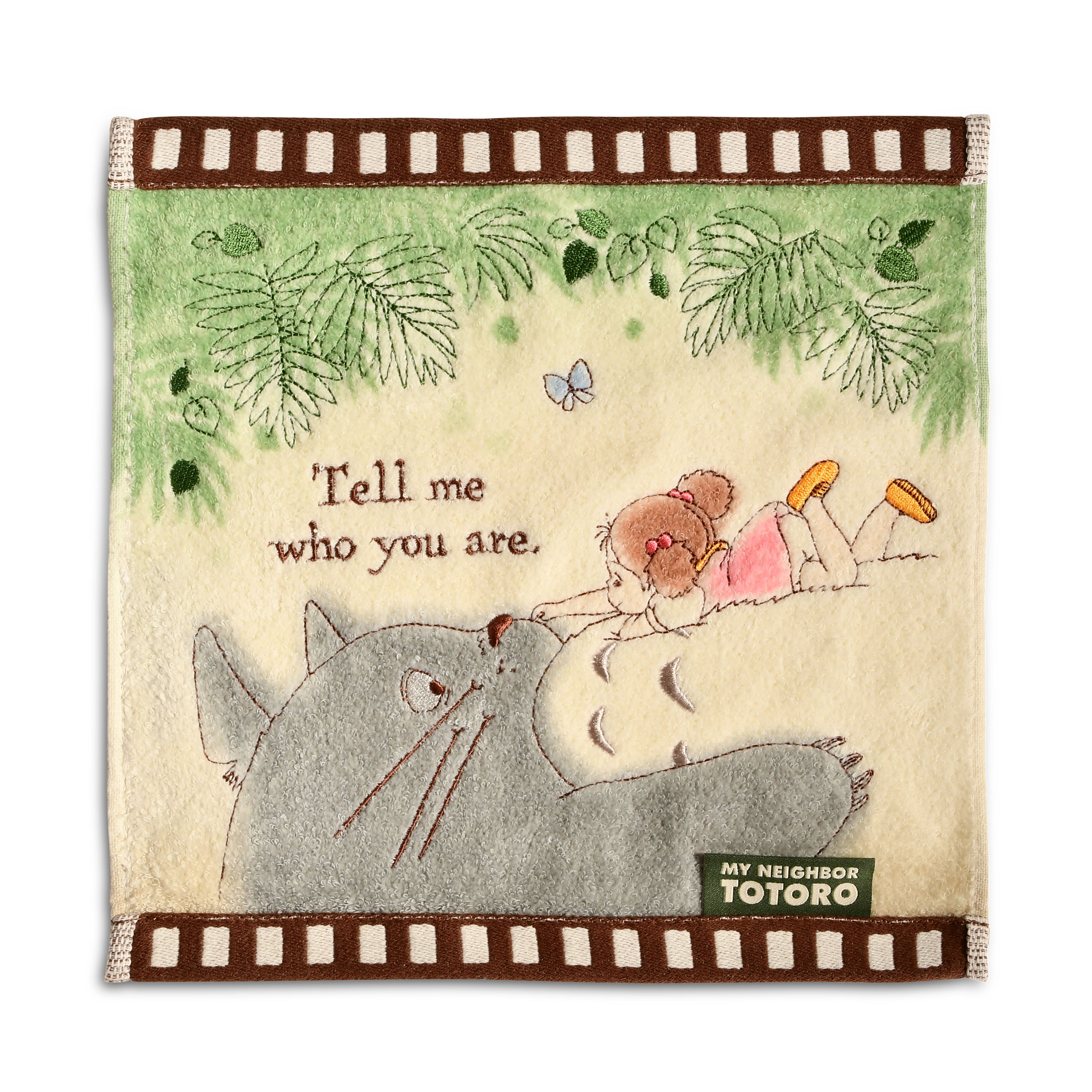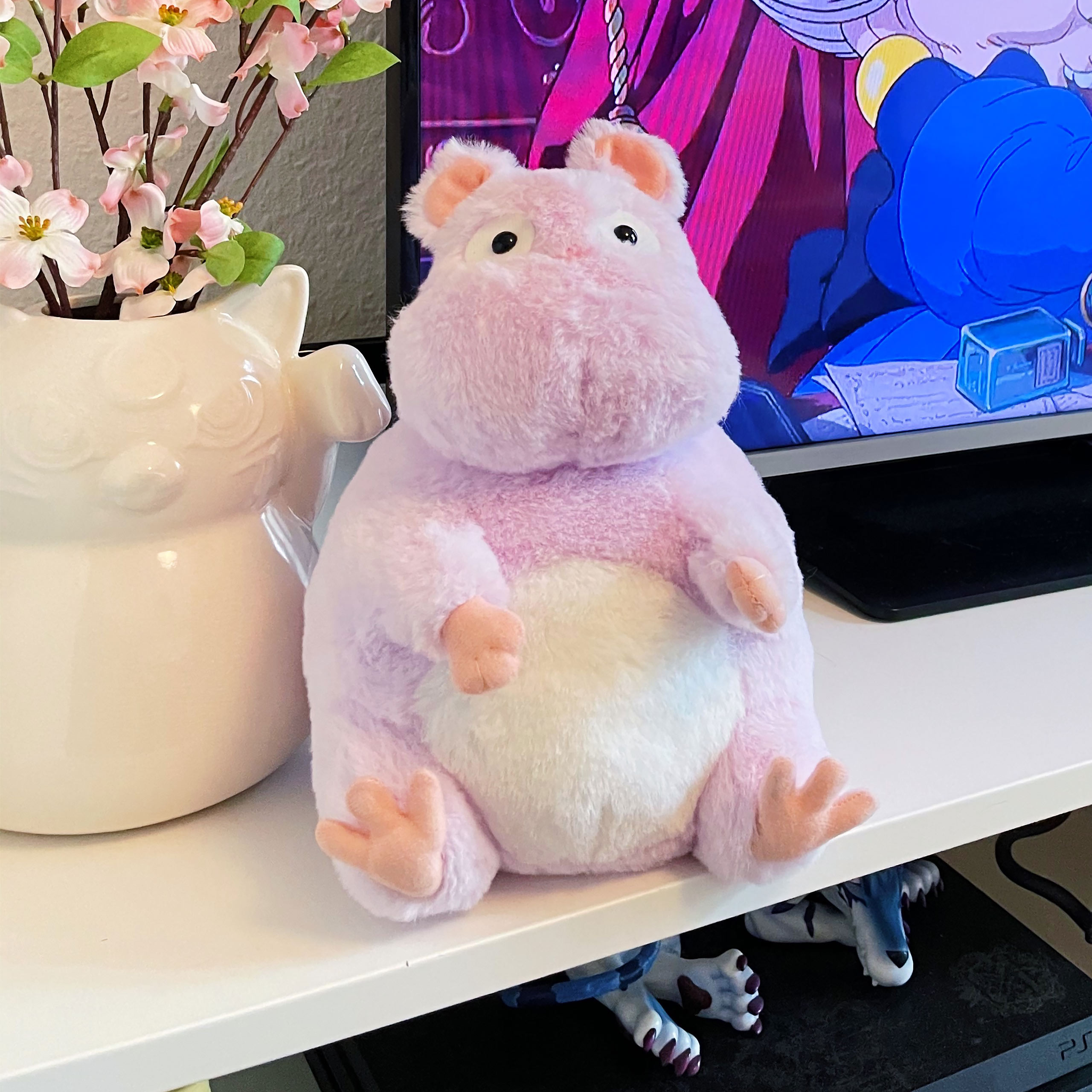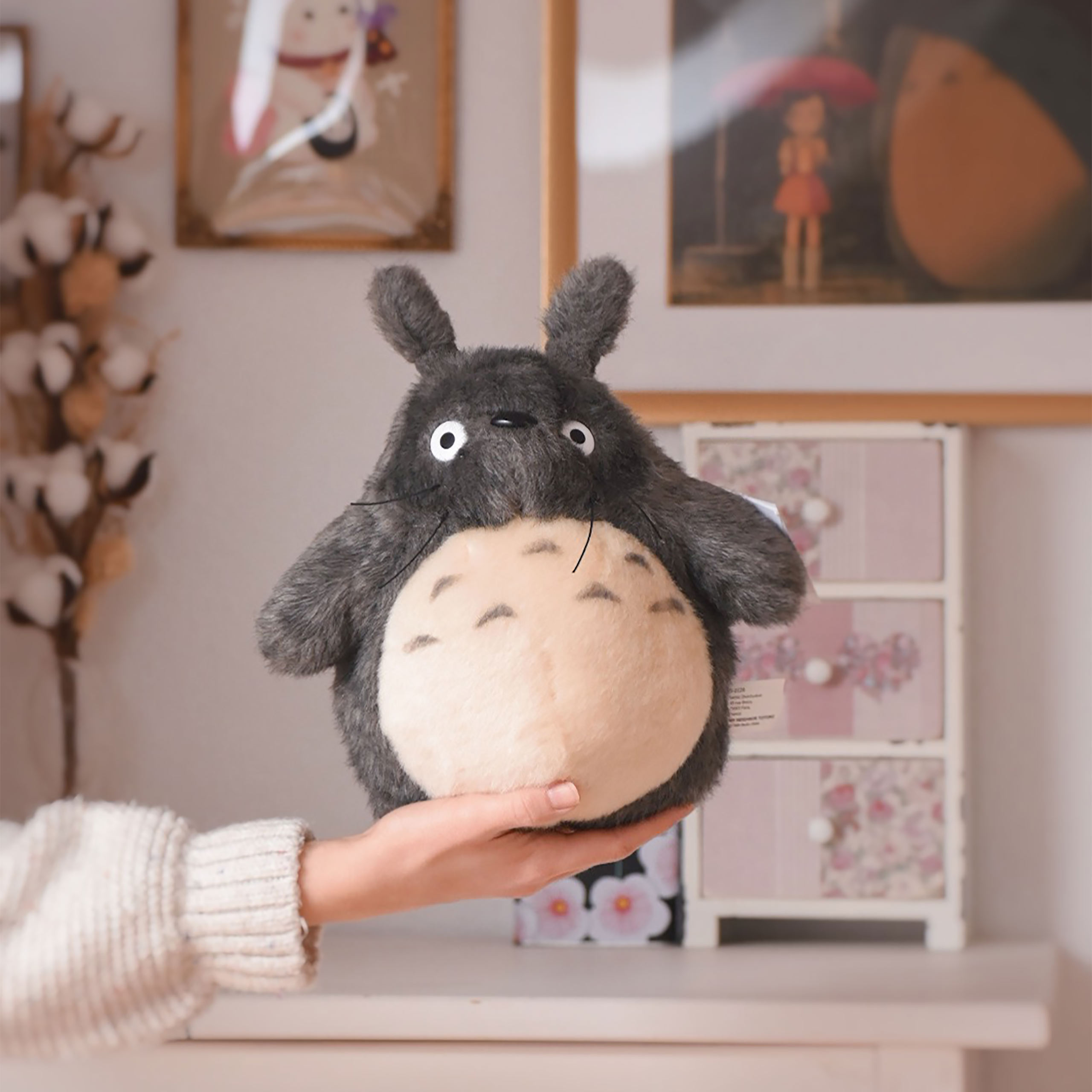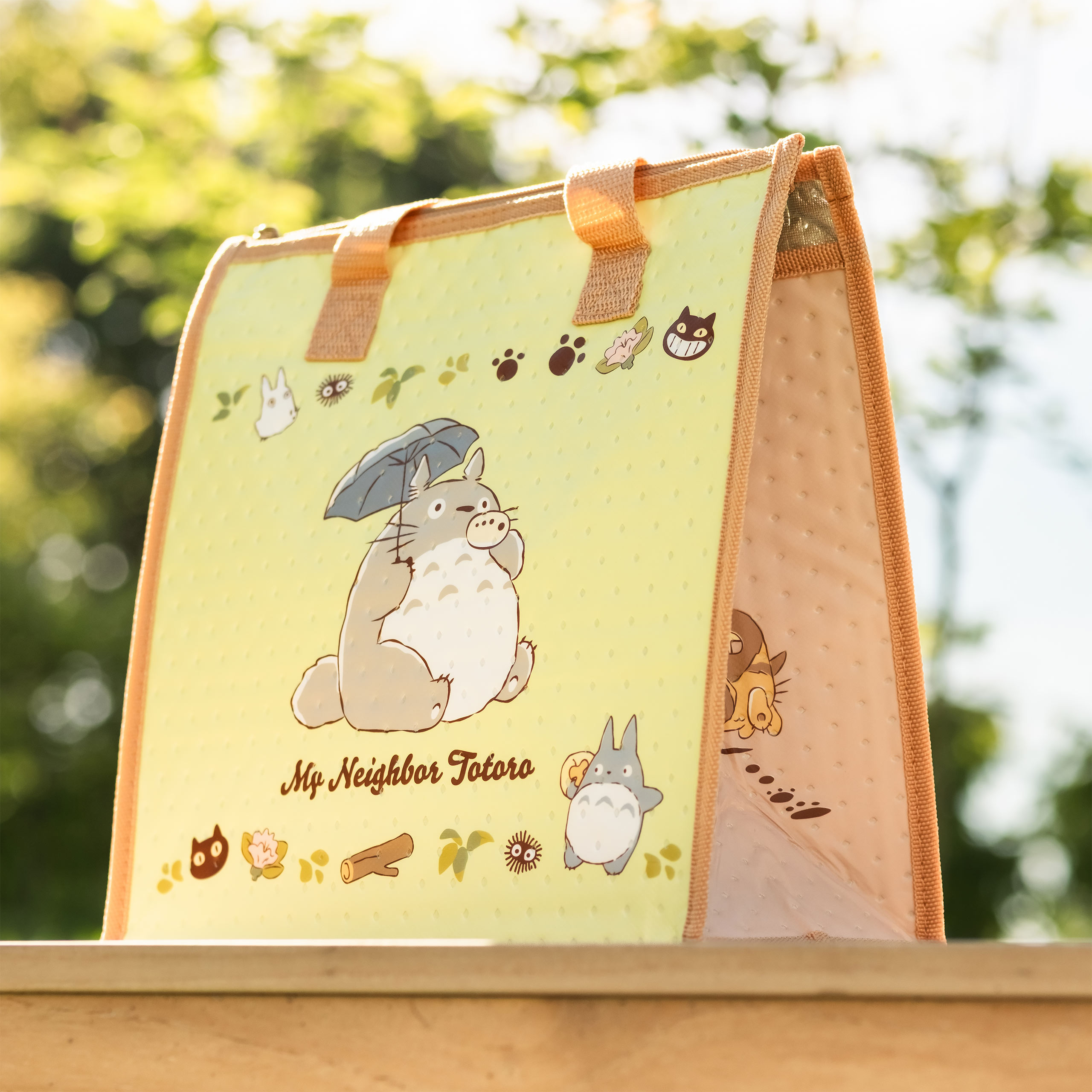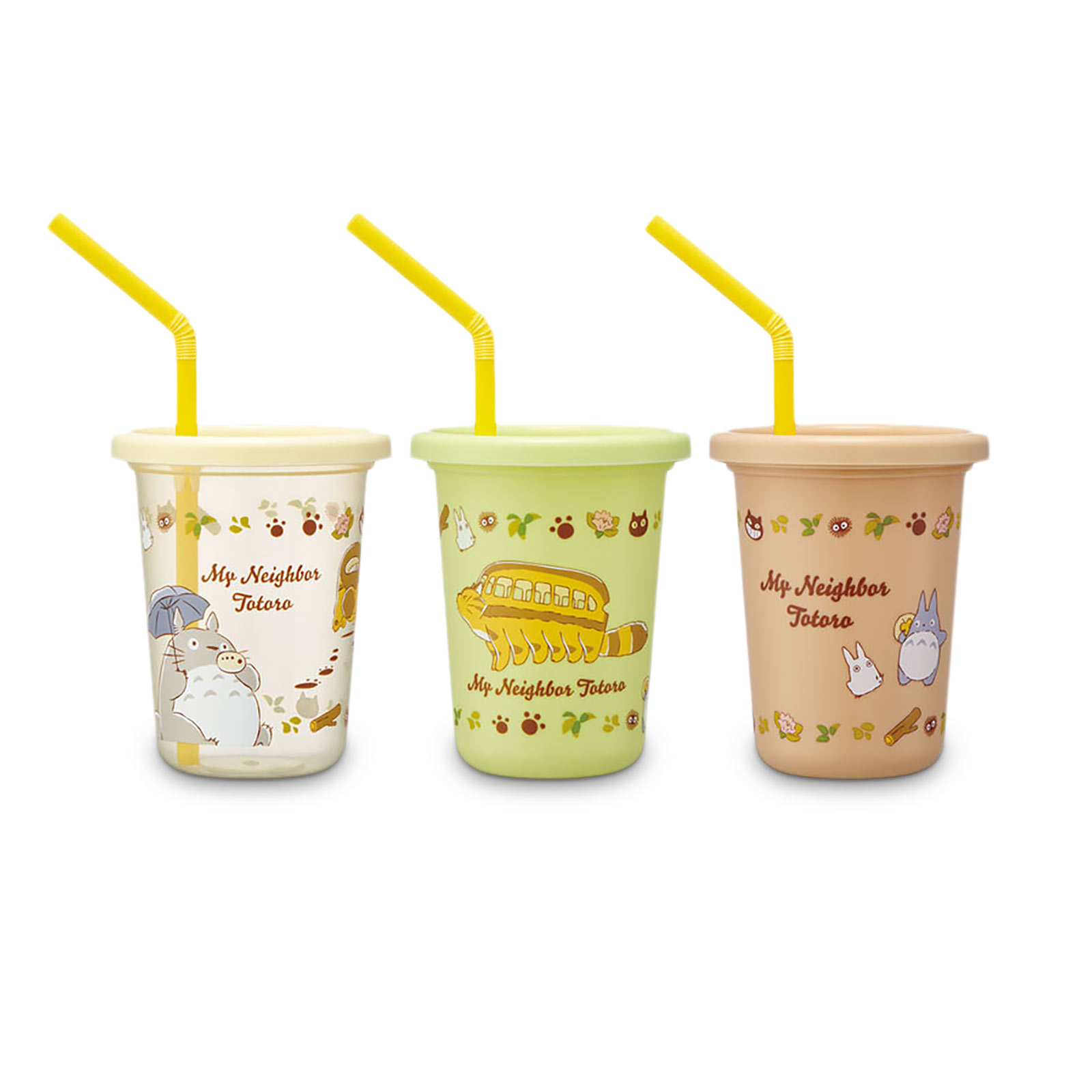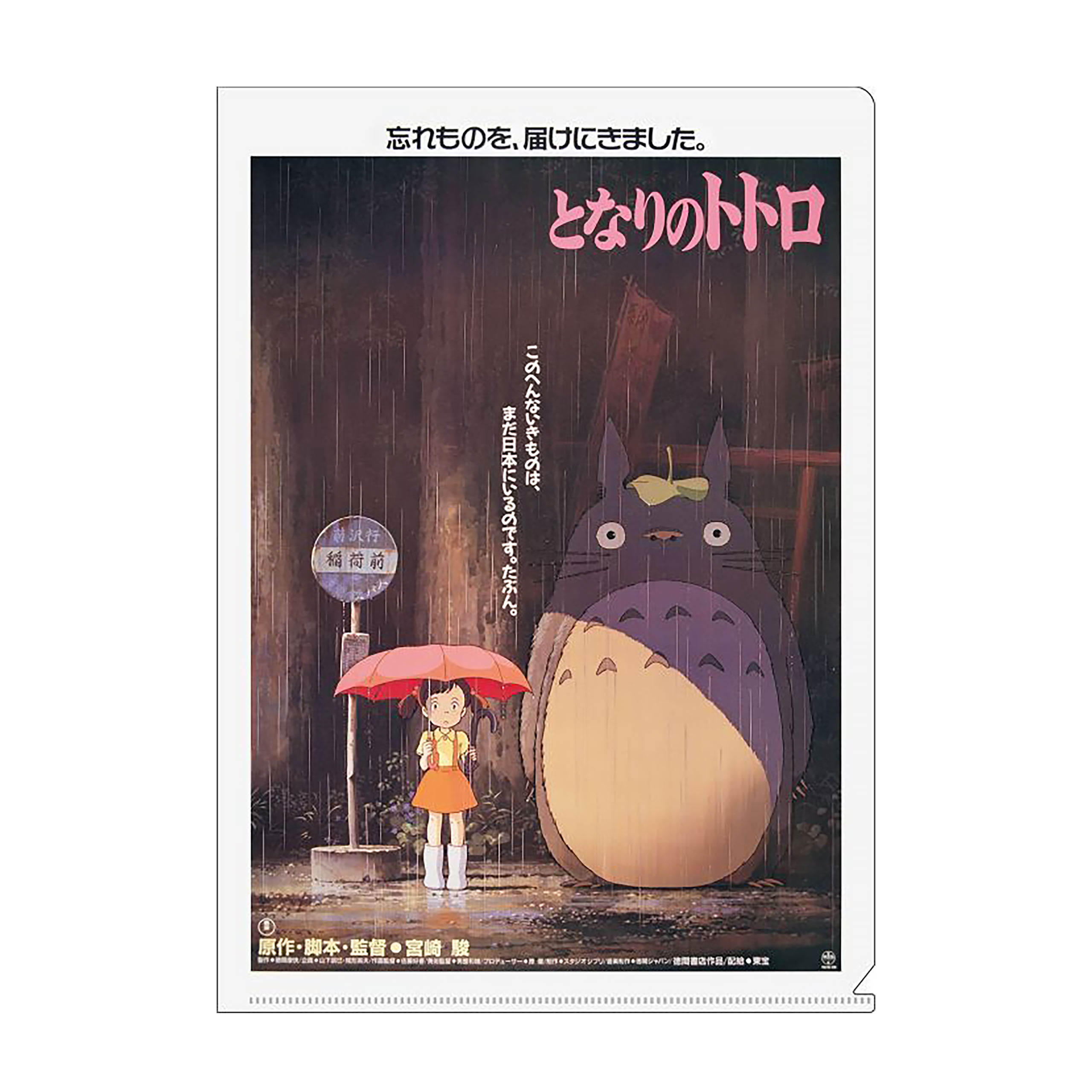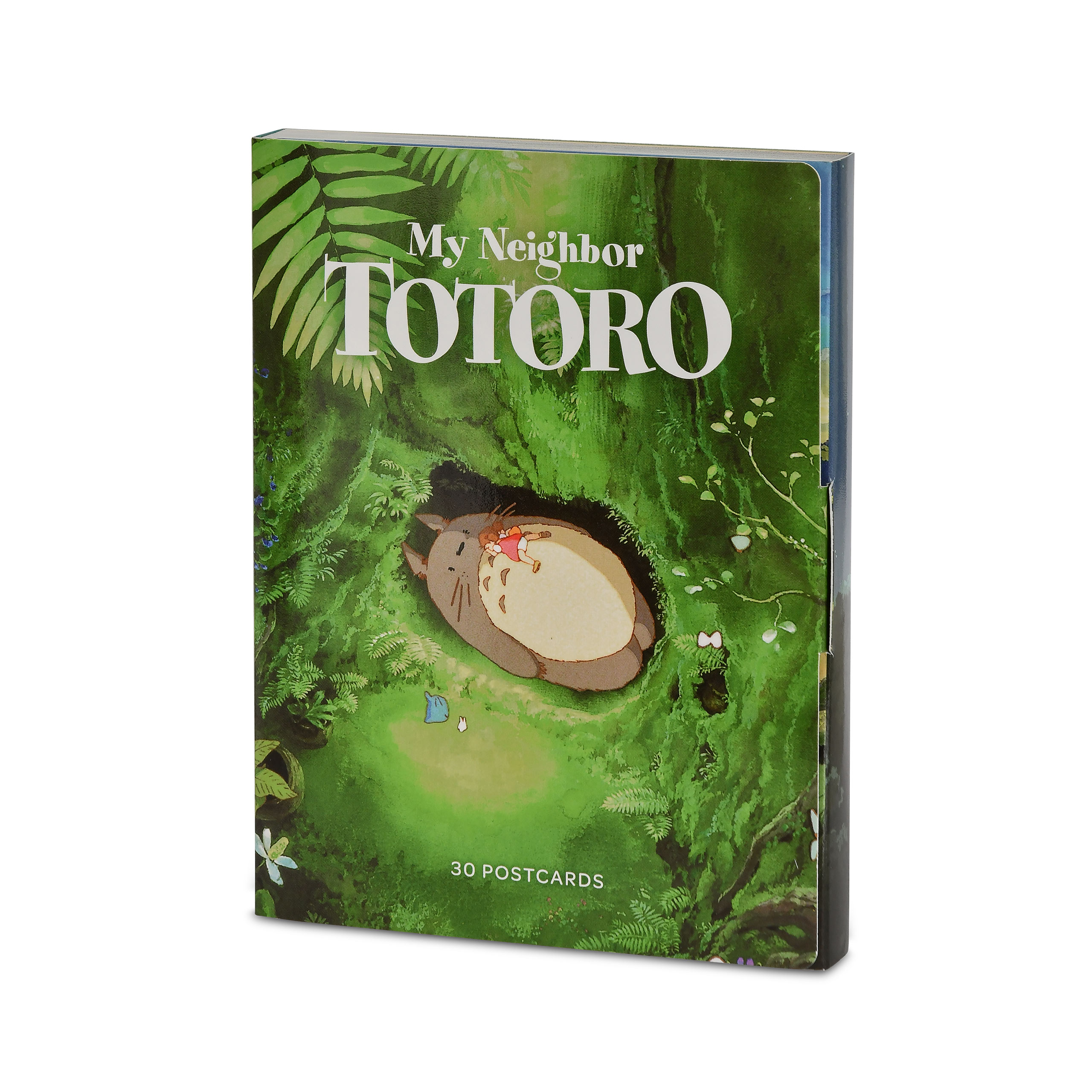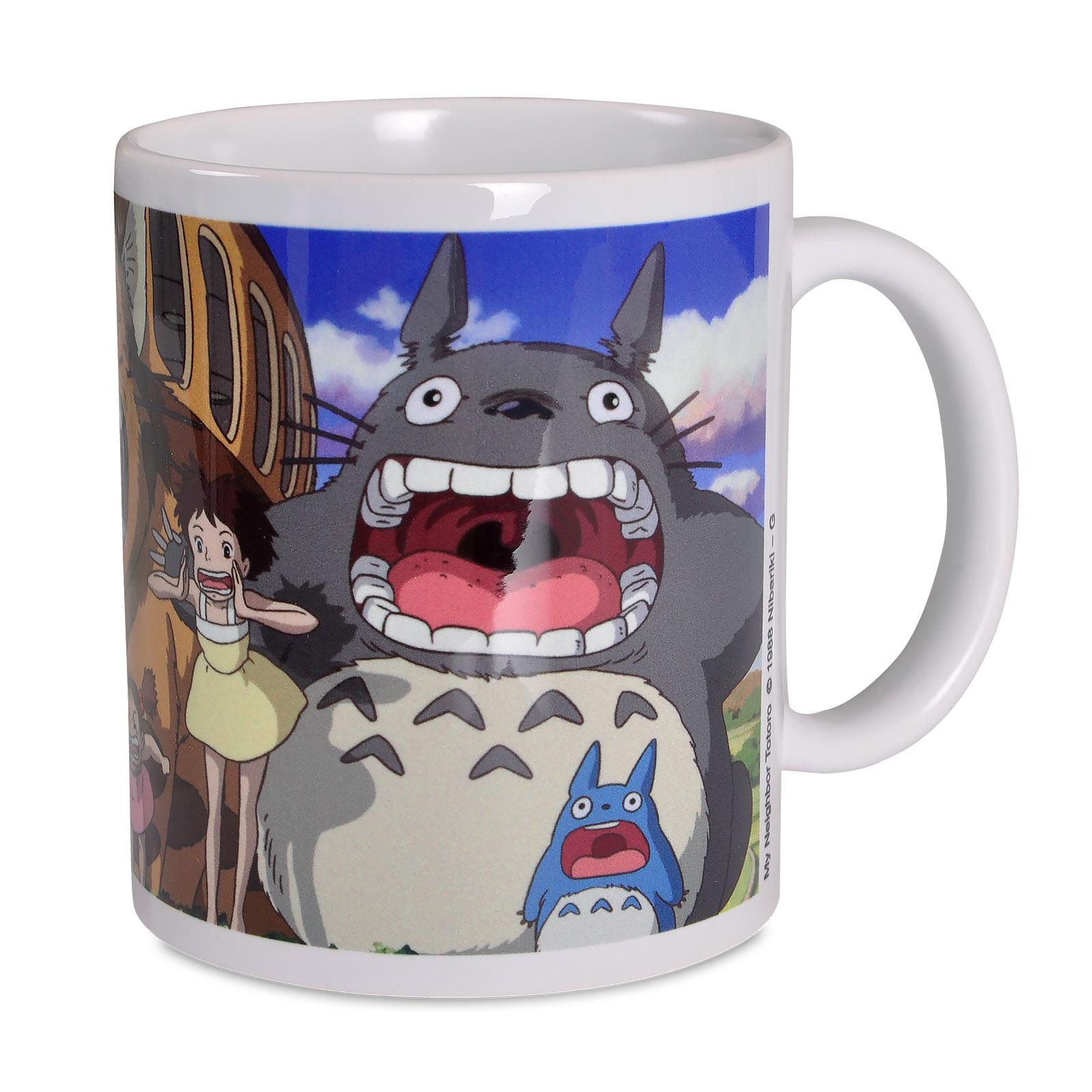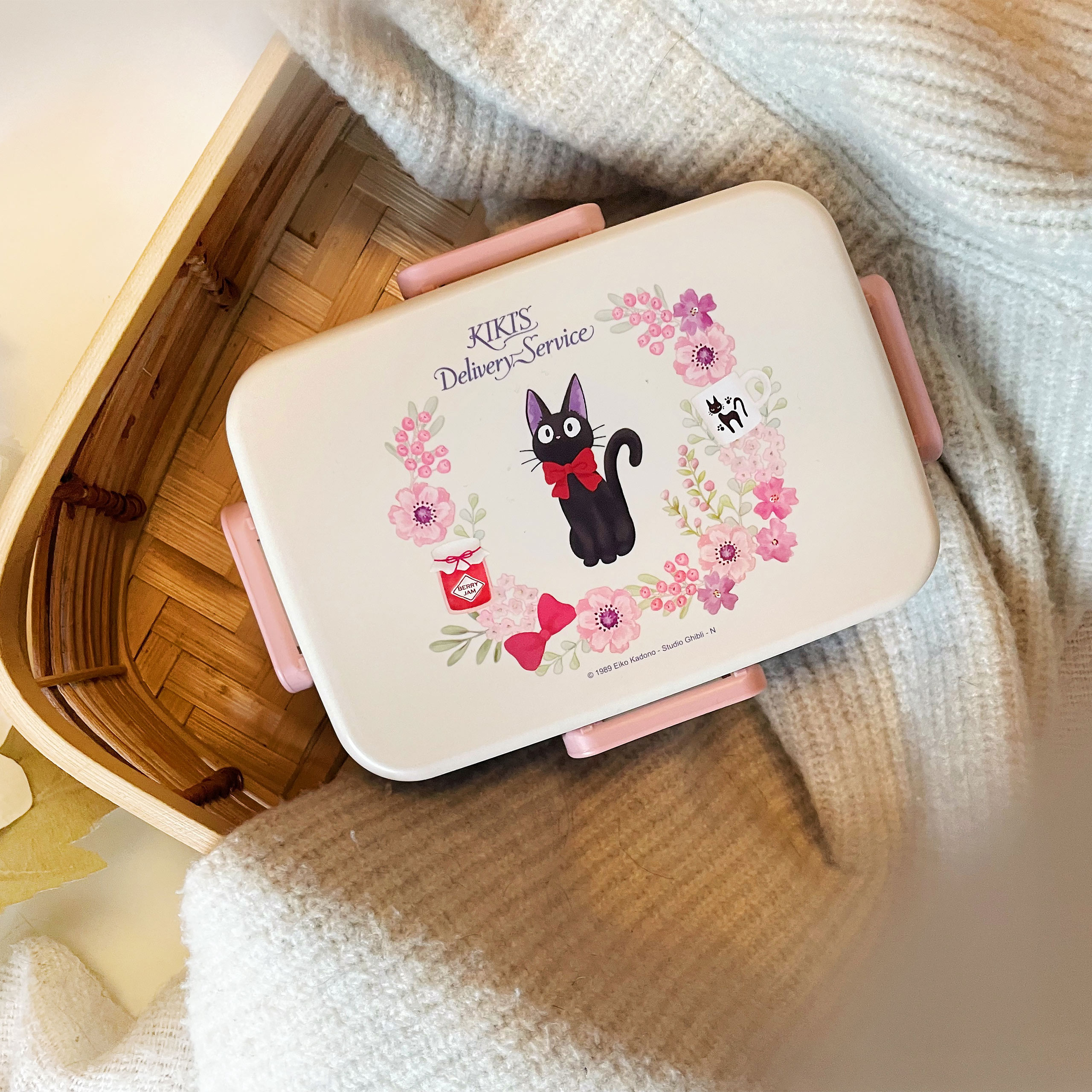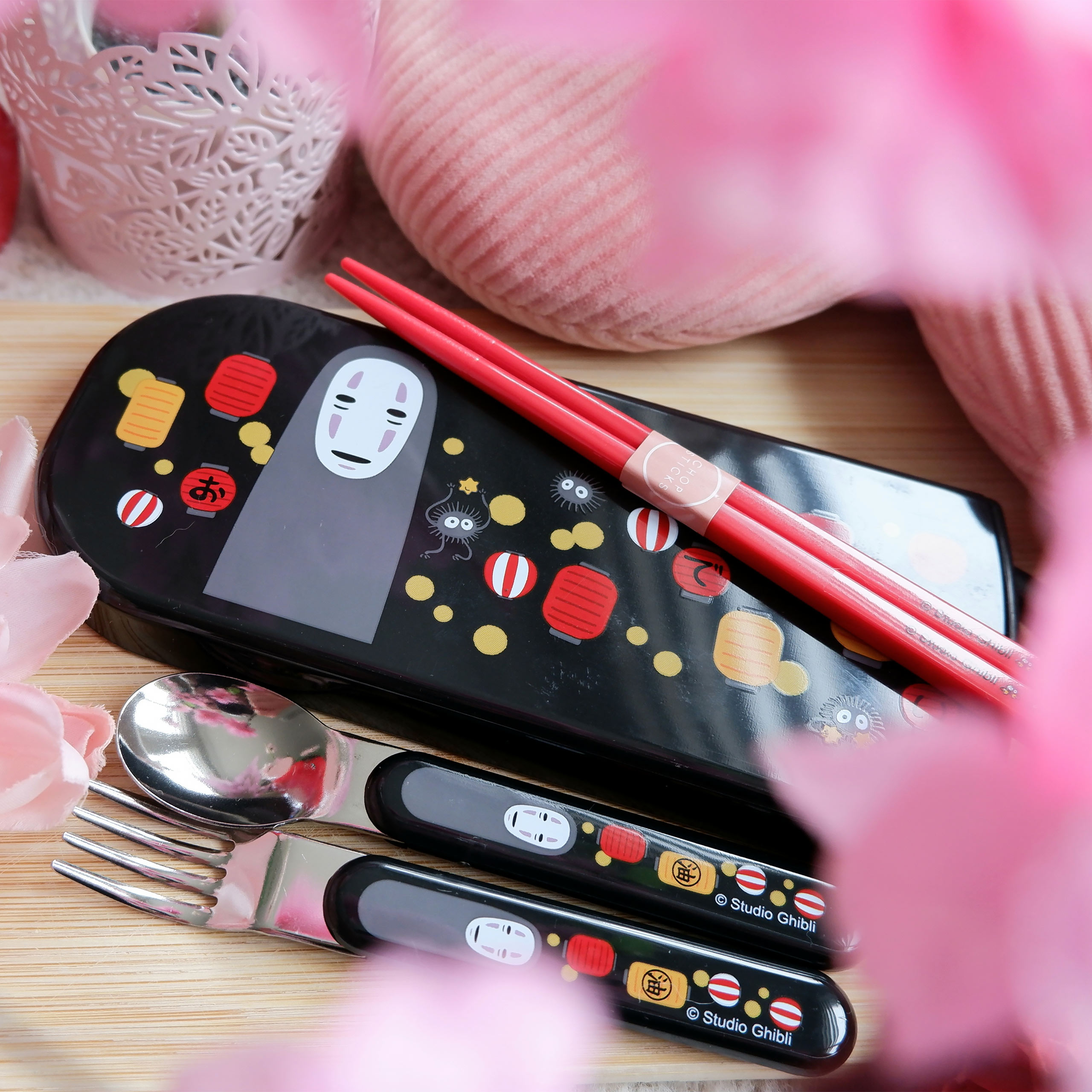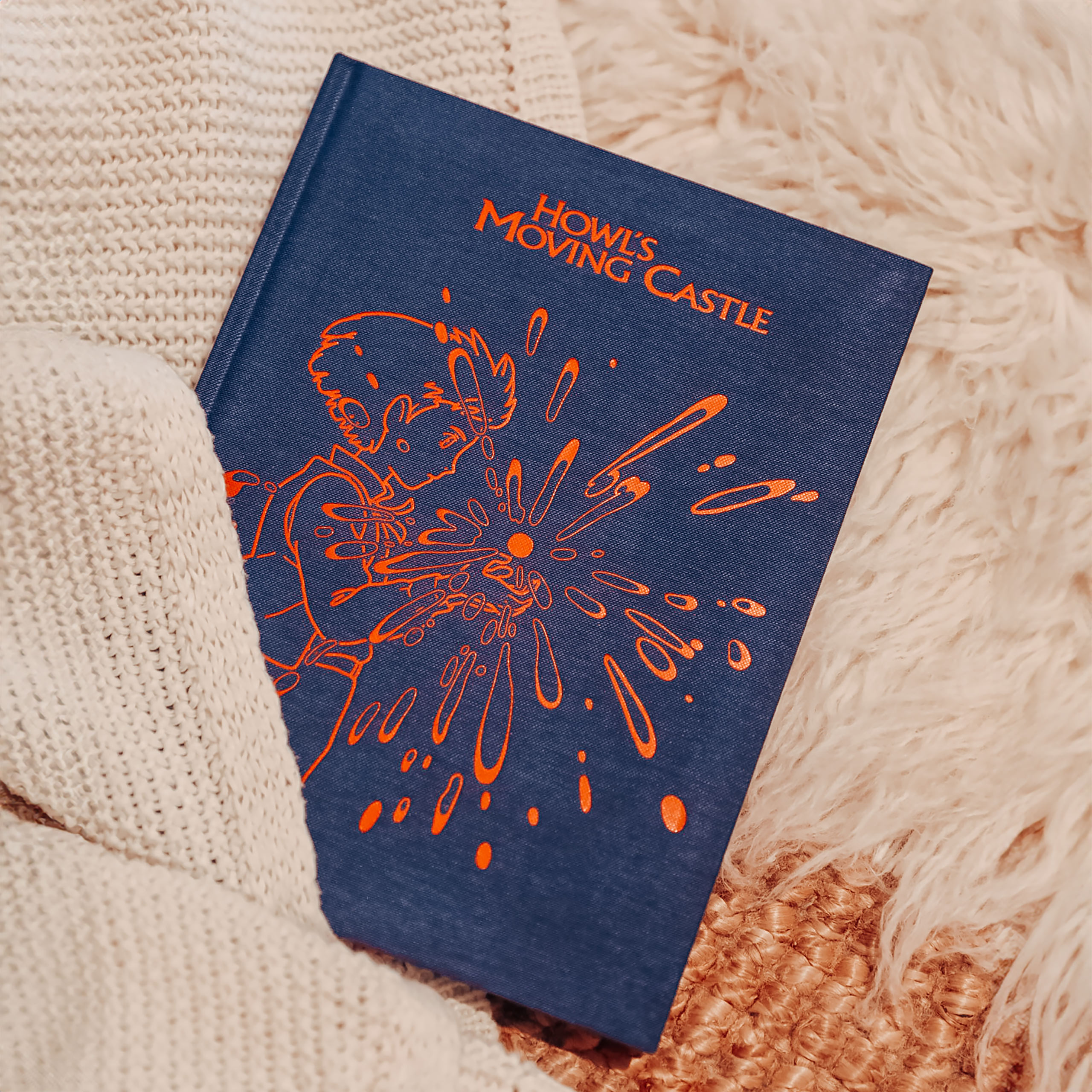Studio Ghibli
"I believe in the power of stories. I believe that stories play a fundamental role in shaping people. That they stimulate, astonish, and inspire their listeners." – Hayao Miyazaki
And the stories and animated films from Studio Ghibli are something truly special; that’s why we offer the most beautiful Studio Ghibli merch in our shop:
Styles for
Category Slider
From Middle Earth to Anime Olympus
Remember the The Lord of the Rings animated film adaptation by Ralph Bakshi from 1978? Its second part, The Return of the King, was released in 1980 and was animated by the Japanese studio Topcraft - just like a previous adaptation of The Hobbit. The films weren't all that successful, though, so it's not too surprising that Topcraft went bust in 1985. We say: lucky! Three former employees, namely Hayao Miyazaki, Toshio Suzuki and Isao Takahata, founded a new animation company. And it still goes by the name Studio Ghibli.
Why Studio Ghibli films are so fantastic
.My Neighbour Totoro, Kiki's Little Delivery Service. Princess Mononoke, Spirited Away or even Howl's Moving Castle. The Japanese animation studio Ghibli has pulled some of the greatest animated films of all time out of its hat. Animated films so magical, full of wonderful detail, that we can't get enough of them. Watch them again and again. Which sounds a bit like a description of the great Disney classics. But somehow it wasn't. Because in the case of the Ghibli masterpieces, our enthusiasm developed not in childhood, but when we were long grown up. An enthusiasm, by the way, that even surpasses the legendary Disney films. Which leads us to the question: Why actually? What is it about the Studio Ghibli films that triggers such a thing in us?
Actors are actors
.The short answer, of course, is: the stories. But that would be too easy, so let's take a step back. Because there is a reason why we are so captivated by the stories. And that is mainly because of the fantastic worlds in which the stories are set. At this point, however, we take another step back. For these worlds to work at all, the animators have to invest a lot of work. They have to think about an incredible number of details. And then implement them in a very specific way. Worldbuilding, in other words. And hardly any studio has mastered this art as much as Studio Ghibli.
Building a new world, especially a fantasy world, is a daunting task for the draughtsmen and animators. Because everything, absolutely everything, that we see in the finished film has to be recreated. And in a realistic or better: believable way, no matter how unrealistic the scenario. Yes, even a cat-bus or a chicken-face has to be realistic. Somehow, that is. Hayao Miyazaki: "Anime depict fictional worlds, yet they need a certain realism at their core [...] the viewer must believe the world shown could exist." This is true of all films, of course, but the Ghibli animators go a step further. They become a part of their characters, have to understand them fully. To think about what their motivation is. How they feel. Again Miyazaki: "Their emotions become your emotions. You are the animator and the actor at the same time."
Believable worlds
Back to the believable worlds. The fact that we take the sometimes extremely wacky locations of a Ghibli film for granted depends on quite a few things. Among them is something as basic as physics. A good example is the way Ghibli animates movements. When characters move, they interact with the world, their hair blows in the wind, their clothes wrinkle. All of this creates the illusion of physics. So the animators have to create a sense of size, weight, momentum, gravity and whatnot for every single frame. This feeling must then also fit the expectations of the audience. Again, the animators become "actors": so when a character runs, it's a chance to express something. Is the character afraid? Is she perhaps even fleeing? Is she happy? Playful? Determined? The filmmakers have to think about all these possibilities. And show a lot of flair to express these emotions with animation that still remains realistic.
Another important element for believability are details. They establish a familiarity with the characters and the world. When we see a new setting in a Ghibli film in all its glory, perhaps a city with lots of people, everything fits together. Every single character is certainly placed, whether they are important to the plot or not. Everyone goes about their own daily routine, has their task. If we as viewers pay attention to such ordinary, only seemingly unimportant things, we realise that it is more than a cheap facade. To be concrete: The bathhouse from Chihiro's Journey to Wonderland is literally an unbelievable setting. Yet it feels real. That's thanks to the film's well-placed details: the staff going about their work. The dormitories. The stoves for the bathrooms. The different kinds of soap for different kinds of customers. All of these are like untold stories in the background. We can think about them, just as we can observe and empathise with other people in the real world. Only then does the world seem real.
Incredible bandwidth
Now that we've dwelled so much on the subject of realism, we haven't even mentioned this special feature of Ghibli films: their scope. When you think of Studio Ghibli, one of the films mentioned at the beginning certainly comes to mind. My Neighbour Totoro, Princess Mononoke, The Walking Castle. But Ghibli also tells other stories. Stories that are not set in fantastic worlds and live out realism on a different level. The Last Fireflies, for example. Whispers of the Sea. Tears of Memory. These films are set in our world and tell, in inverted commas, smaller stories. Everything is more understated, more subtle, but no less emotional. They are, you could say, grown up.
Admittedly, the Disney films also have adult elements. Little allusions or gags that the kids don't even notice, but that elicit a laugh or an appreciative nod from the big kids. This is not the case with the Studio Ghibli films I just mentioned. For these are animated films that are not aimed at adults in passing, but first and foremost. With which the studio proves that animation is not only good for creating fantastic worlds. It can also express universal ideas and great emotions, just like other media. But in its own way, in a way that a live-action film just can't.
Something for everyone
Breadth is also a good keyword when it comes to the many Studio Ghibli fan articles. In our Ghibli Store, you'll find everything Ghibli fans could wish for. A special highlight are our Ghibli plush figures for films like The Walking Castle, Chihiro's Journey to Wonderland and of course My Neighbour Totoro. But there are also Ghibli-puzzles, -notebooks and pens, followed by Ghibli merchandise like mugs or postcards. But best of all, as the films of only become more popular and well-known, there's bound to be plenty more in the way of Ghibli merchandise. And we're already looking forward to the next highlights - and of course the next film.
